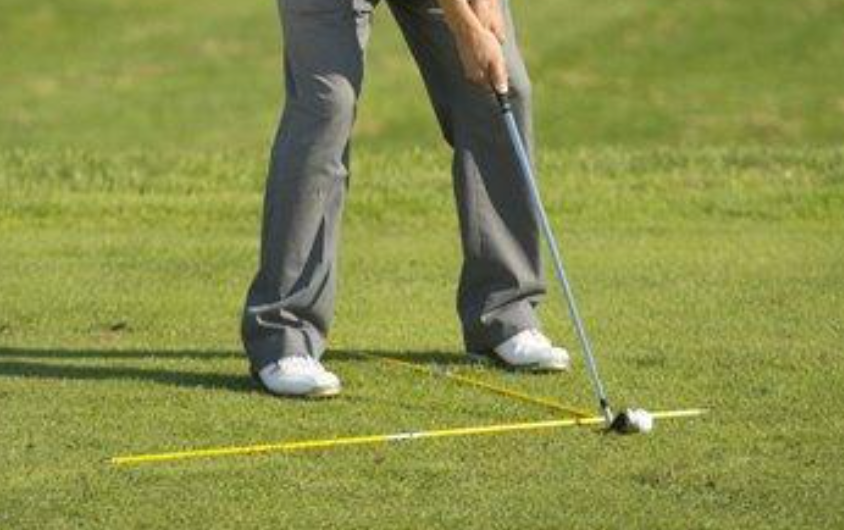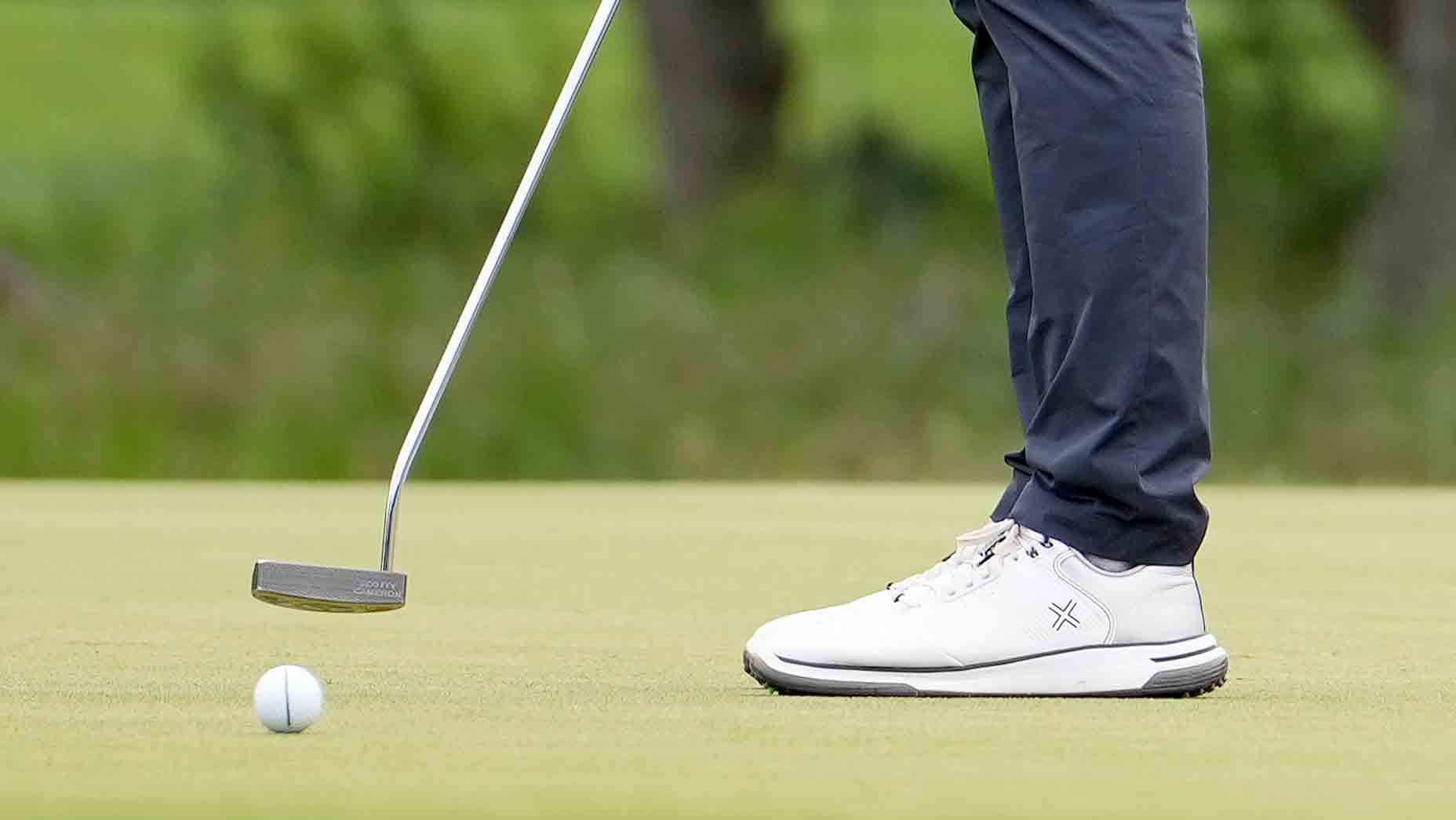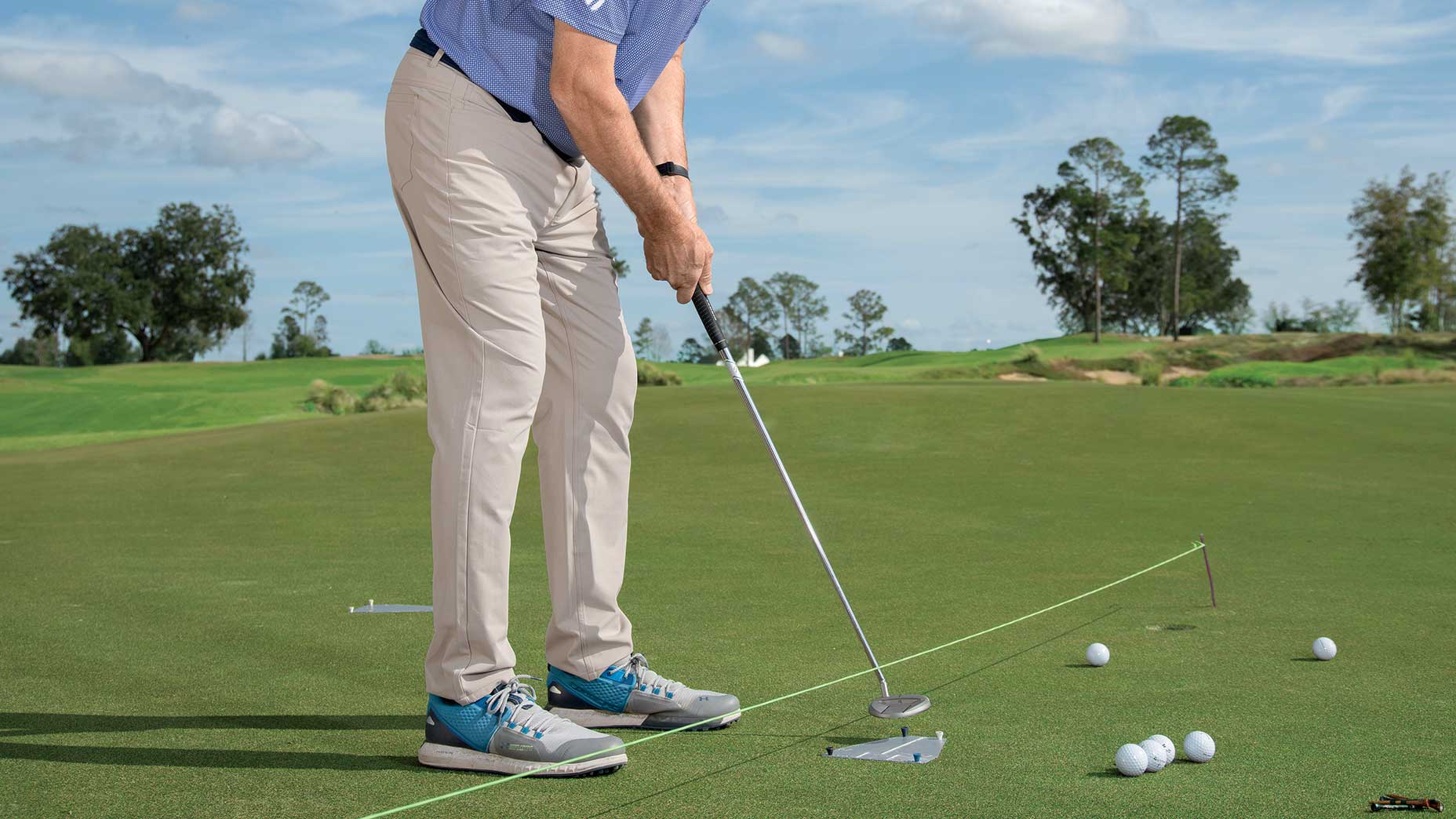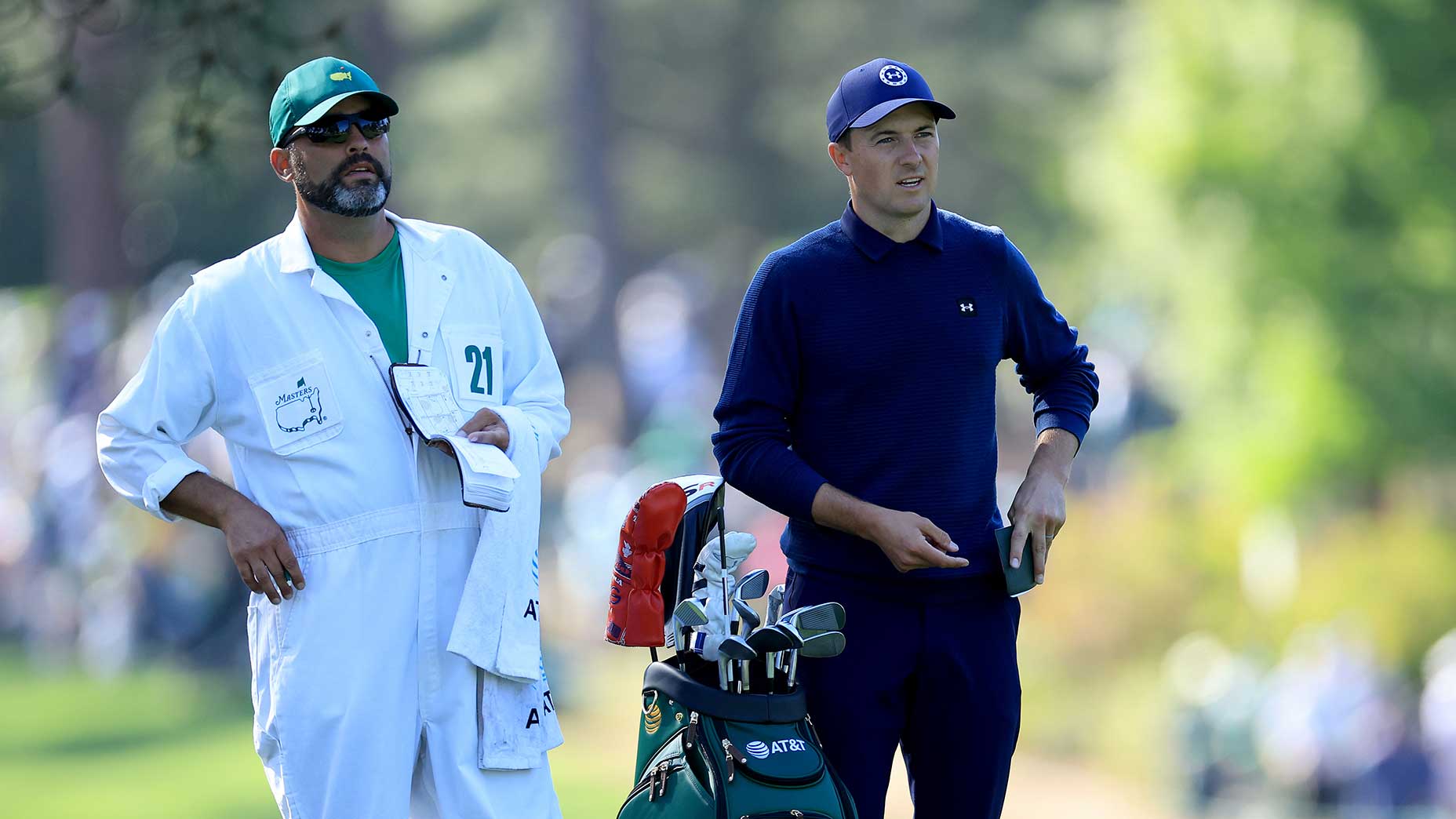Have you ever hit what felt like a perfect shot only to look up and see it going nowhere near your target, followed by your playing partners saying, “That was exactly where you were aiming?” Deflating, right? Thing is, knowing how to aim is not a given skill — it must be learned. Here are 10 techniques to make sure you’re square to your mark.
1. Hit it where you aim
Sounds obvious, but if you can’t start the ball on your intended line, your aim point is moot. When I give a lesson and my student and I are working on technique, it’s my duty to see that the ball is going where my student is aiming. If you can’t hit the ball where you’re aiming, it’s difficult to learn how to aim. Which leads us to…
2. Solid contact
Without solid, center-face contact, it’s difficult to get your ball on line — and also hard to judge if your aim was correct. Sound swing fundamentals are key here. Proper setup with a solid grip and posture will help to increase the chance of perfect contact.
3. Know the difference between aim and alignment
You aim your clubface and align your body. This is an important distinction. Your clubface should aim where you want your ball to go, and your body should set up relative to the clubface to produce your desired ball flight. Part of the challenge of being able to take dead aim is that you stand to the side of the ball and when you set your body parallel to the target line, all of these body lines do not point directly to the target but parallel to it.
Top 100 Teacher: Rethink how you aim by doing this at addressBy: GOLF Editors
4. Down the line offers the best perspective
When I give a lesson, I often stand behind the student and directly down their target line. This allows me to see not only their swing but also where they are aiming. When you are swinging, you do not have this luxury. If you don’t have a teacher to help you out, prop up your phone behind you and record your swing. When you watch it back, pay close attention to your alignment. If you’re aiming too far right or left, that should be easily detectable — and fixable.
5. Aim with the leading edge
Each of your clubs has a different loft, so when you set them properly on the ground, the face will look different. The more lofted the club, the more “open” the club may look. These basic fundamentals are important to know but not always intuitive. When you aim your clubface, you should set the leading edge of the club so it’s perpendicular to your target. Many manufacturers have a white paint line on the bottom groove to assist with this.
6. Use an intermediate target or line on the ball
Picking an intermediate target, just as you might use arrows in a bowling alley, can be an effective technique. Select this target by standing behind your ball, with the ball between you and your target. You can also use a line on your ball to improve your aim both in putting and driving.
7. Train your eye with alignment aids
Using an alignment stick on the range will not only help you properly aim your feet but also train your eyes to recognize what proper aim looks like when you look up to your target.

8. Use your lead shoulder
Use your lead shoulder as an aiming guide. When you’re properly aimed and aligned, note where that shoulder is pointed relative to the target. For example, when I’m correctly aimed, my left shoulder looks to me to be about 10 yards left of the target.
9. Build your set up around your clubface
Nothing has more influence on the ball than your clubface, so it is important to build your setup around it. At address, set your club behind the ball and carefully aim it to your target. Once your clubface is set, you can take your grip and adjust your feet as needed.
10. Practice!
Taking dead aim to your target is an earned skill, so practice your aim just as you do your other golf motions. Use alignment aids. If you know where you are aiming when you practice, you will be better able to assess if you are hitting the ball where you are aiming. This will also allow you to transition your range game to the course. A bit of focused attention with proper technique will have you splitting fairways and knocking down sticks.











